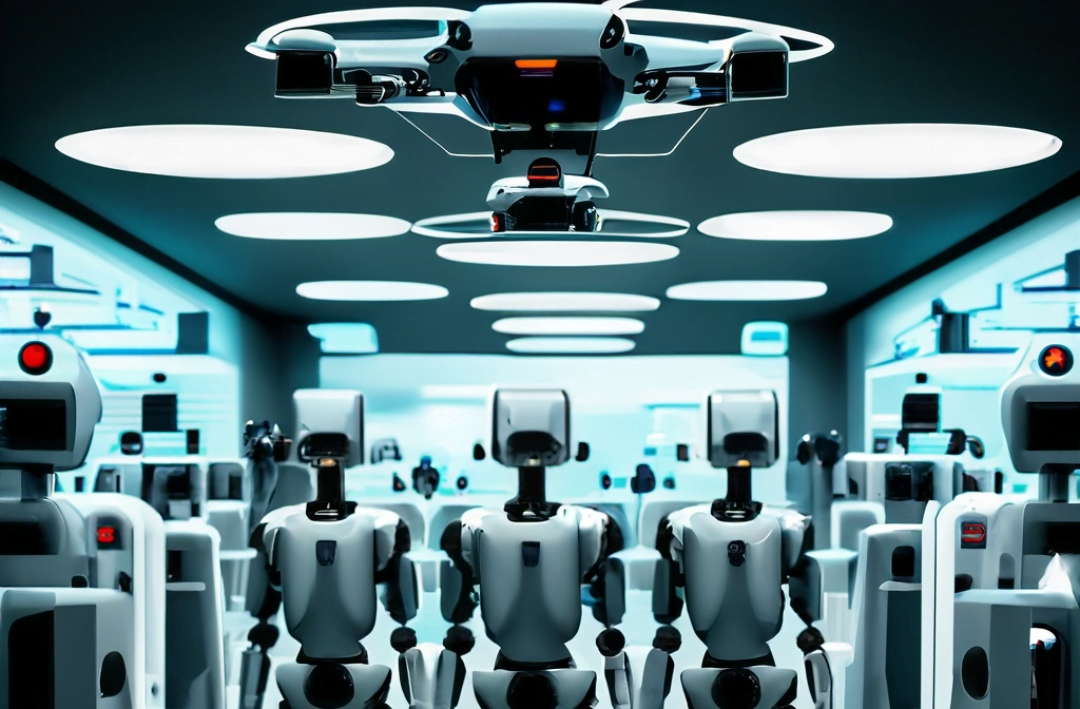Identity Unmasked: The Double-Edged Sword of Biometrics

In an era where security and convenience are in a constant battle for supremacy, biometrics has emerged as a leading technology, offering a seamless blend of both. Yet what is the cost to privacy with these improvements? But what exactly is biometrics? At its core, biometrics is the science of using unique physical or behavioral characteristics to identify individuals. It’s a field that has seen rapid advancements, with applications ranging from unlocking smartphones to border control.
Biological Biometrics: The Physical Imprint
Biological biometrics primarily focuses on the unique physical attributes inherent to each individual. These attributes, which remain relatively constant throughout one’s life, offer a reliable means of identification. Whether it’s the intricate patterns on our fingertips or the distinct shape of our ears, these features are as unique to us as our personalities.
Biological Biometric Modalities Data Map
| Attribute | Description | Example/Benefit/Application | Technology and Sensors Required |
|---|---|---|---|
| Fingerprint Recognition | Analyzes unique patterns of ridges and valleys on fingertips. | Unlocking devices, criminal identification. | Optical, capacitive, or ultrasonic fingerprint scanners |
| Facial Recognition | Uses unique facial features and patterns for identification. | Smartphone unlocking, airport security checks. | Cameras, 3D mapping, infrared sensors |
| Iris and Retinal Scanning | Analyzes patterns in the iris or blood vessels in the retina. | High-security access, banking authentication. | Infrared cameras |
| DNA Biometrics | Uses unique genetic makeup for identification. | Criminal investigations, paternity tests. | DNA sequencers, cheek swabs, blood sample kits |
| Palm Vein Recognition | Analyzes unique patterns of veins in the palm. | Hospital patient identification, banking. | Infrared scanners |
| Ear Shape Recognition | Uses the unique shape and features of the outer ear. | Experimental stages for device unlocking. | Cameras |
| Heartbeat Biometrics (ECG) | Analyzes the unique electrical activity of the heart. | Wearable device authentication, health monitoring. | ECG sensors, wearable devices |
| Odor Recognition | Uses the unique scent profile of an individual. | Experimental stages for identification in security sectors. | Odor sensors |
| Thermal Imaging | Uses heat patterns from the face or body. | Surveillance in low-light conditions, health screenings. | Thermal cameras |
While biological biometrics offers enhanced security, it also raises privacy concerns. The collection and storage of such intimate data can be misused if it falls into the wrong hands, emphasizing the need for stringent data protection measures.
Behavioral Biometrics: The Actions That Define Us
Beyond our physical attributes, our behaviors also carry unique signatures. Behavioral biometrics captures these nuances, from the rhythm of our keystrokes to the cadence of our voice. It’s a dynamic field, constantly evolving as it captures the patterns of our actions.
Behavioral Biometric Modalities Data Map
| Attribute | Description | Example/Benefit/Application | Technology and Sensors Required |
|---|---|---|---|
| Voice Recognition | Uses unique patterns and characteristics of an individual’s voice. | Voice assistants (e.g., Siri, Alexa), phone banking. | Microphones, sound processing hardware |
| Hand Geometry | Measures the shape and size of a person’s hand. | Access control in industrial sectors. | Hand geometry scanners |
| Behavioral Biometrics | Focuses on unique patterns of behavior, like typing or walking. | Fraud detection, continuous authentication. | Keyboards, motion sensors, cameras |
| Signature Recognition | Analyzes the way a person signs their name. | Document verification, banking transactions. | Pressure-sensitive pads, styluses |
| Gait Recognition | Analyzes the unique way a person walks. | Surveillance, health monitoring. | Cameras, motion sensors |
| Keystroke Dynamics | Analyzes the unique way a person types on a keyboard. | Continuous computer authentication, fraud detection. | Keyboards, software algorithms |
Behavioral biometrics, while offering continuous authentication and enhanced user experience, also pose privacy challenges. The continuous monitoring of behaviors can be perceived as invasive, underscoring the importance of user consent and transparency in data collection.
The Future and the Balance
As we look ahead, the future of biometrics is poised at the intersection of innovation and ethics. While technological advancements promise enhanced security and convenience, they also underscore the importance of responsible and ethical deployment to safeguard individual rights and privacy.
Beyond Physical Attributes:
While current biometric systems predominantly focus on physical attributes like fingerprints, facial features, and iris patterns, the horizon is broadening. We’re on the cusp of embracing more intrinsic and dynamic biometric markers. One such promising area is brainwave biometrics, which could harness unique neural activity patterns as identifiers. This would involve using EEG (Electroencephalogram) devices to capture and analyze these patterns, offering a level of security that’s hard to replicate or forge.
Continuous Authentication:
The days of one-time authentication, like merely unlocking a device, might soon be behind us. The future points towards systems that continuously monitor and authenticate users based on behaviors, such as typing patterns or gait. This would not only enhance security but also offer a more personalized user experience.
Biometric Blockchain Systems:
Blockchain, with its decentralized and tamper-proof nature, is set to revolutionize biometrics. By integrating blockchain technology with biometrics, we can ensure that biometric data is encrypted, distributed, and secure, significantly reducing the risks of large-scale breaches
Biometrics, in its essence, offers a double-edged sword. On one side, it provides unparalleled security, ensuring that our devices, data, and identities remain protected. On the flip side, the very technology that protects us can also strip away our privacy if not handled with care.
In conclusion, as we embrace biometrics in our daily lives, it’s crucial to strike a balance. A balance where we harness the power of biometrics for security while ensuring that our fundamental right to privacy remains uncompromised.
